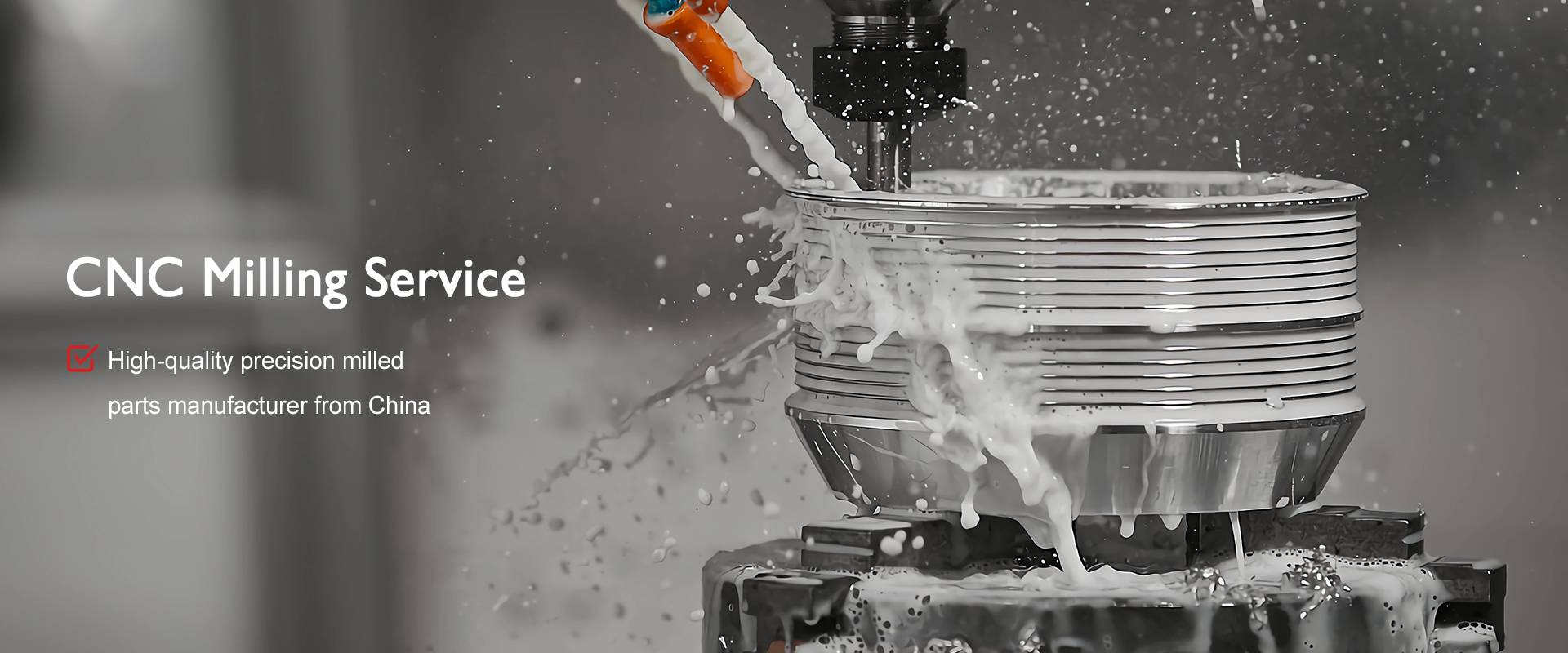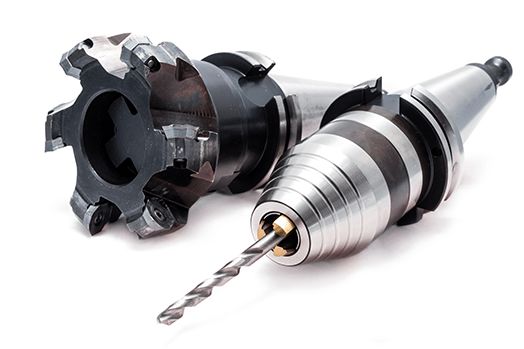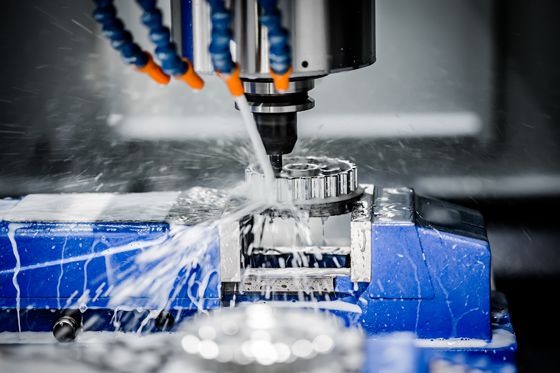

CNC milling is a manufacturing technique where a cutting tool, attached to a rotating spindle, removes material from a block of raw material, be that metal or plastic. The CNC machine is programmed by a specialist to cut out parts from the block. The workpiece is securely fixed to a table, which moves or rotates across various planes, allowing the tool to operate at multiple angles.
CNC milling machines can have 3, 4, 5 axes, or even more. However, a typical CNC milling machine will have an X-Y-Z axis of movement.
Many products and manufacturing operations today are made possible thanks to the accuracy and versatility of CNC milling: smartphones, cars, airplanes, and the industrial machines that produce everything we consume on a daily basis are just a few examples.
What is a CNC Milling Machine?

A milling machine is designed to produce premium parts with a high level of detail and finish. It uses specialized tooling, such as rotary tools or a milling cutter, to cut away at the raw material by following the instructions from a CAD file to create a part from the design. CNC milling machines remove material to form simple or complex shapes.
A milling machine computer controls the cutter’s function, manufacturing process, milling operation, and coordinates, while minimizing the amount of human input that is required. These machines are involved in the mass production of many components from different materials and plastic. They are designed to save time and reduce manual labor while still producing cnc machined parts that fit within the desired tolerances and scope of the design.
Difference between CNC milling and CNC turning

Why Is CNC Milling Service Important?

CNC services and milling machine options enable efficient and effective manufacturing technologies that efficiently produce custom machined parts and products from plastic and metal that meet exact specifications and tolerances. For instance, CNC milling process can produce a prototype, car parts or aerospace components efficiently.
CNC milling also minimizes the costs of prototyping, saves time, reduces manual labor, and improves the manufacturing process.
CNC Milling FAQ?
What parts are suitable for CNC milling?
CNC milling is suitable for the processing of complex, multi-process, high precision requirements, the need for multiple clamping and adjustment before machining parts, and is suitable for product customization, can be mass production.
What kind of surface treatment can make the milled parts more beautiful?
Machined milled parts usually have visible tooling patterns. To enhance functionality and aesthetics we have the option of sandblasting, polishing, anodizing, powder coating, plating and more.
What are the commonly used tools for milling?
The most common tools for milling processing are end mills, drills, ball cutters and fly cutters, etc. The materials are divided into white steel and tungsten carbide cutters, and different tools are selected according to different materials.